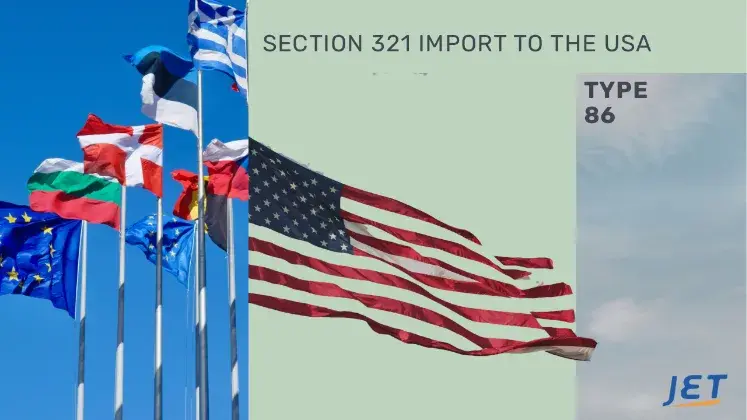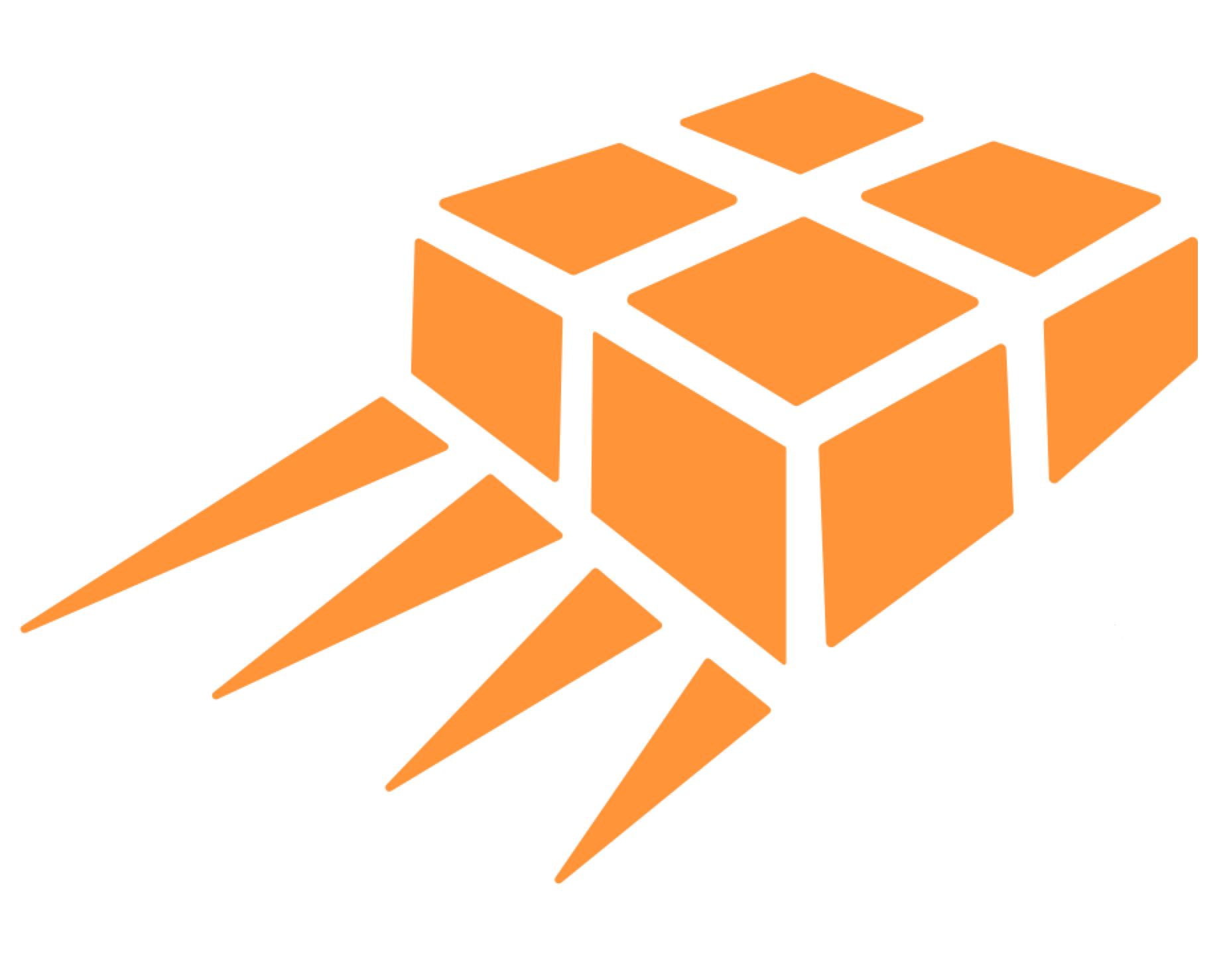
New American Retail: Section 321 Direct
There is a major new trend in global retail that is redefining the traditional supply chain processes. Progressive retailers are now developing parcel import solutions for shipping direct from their Asian and European suppliers to their customers in America
Jet helps retailers understand cross border e-commerce to the USA and Canada
IMPORTANT: 2025 updates to Section 321
The traditional supply chain are being outmoded by e-commerce technology and consumer trends. Direct order import processes can be developed to lower costs, eliminate complexity, and react faster to market trends.
High volume e-commerce import expertise includes:
- Customs brokerage and proficiency in "section 128" regulations
- Understanding and utilizing Express Consignment Clearance Facility / ECCF, CFS, Type 86 and Canadian USA cross border (see below).
- Bonded warehouses and potential use of free trade zones
Section 321 Port of Entries include:
- Major air freight hubs including JFK, DFW, LAX and ORD
- Border Crossings from Vancouver, Toronto and Montreal
Section 321 Entry Types
Section 321 is a designated entry type for individual consignments valued under $800. See section below for more explanation of this entry type. The different types of section 321 include:
- Express consignment / ECCF: Goods imported using an ECCF are granted express clearance privileges and are subject to regulations outlined in Part 128 of the Code of Federal Regulations / CFR. Goods imported via express processes are subject to a per consignment fee mandated by customs to reimburse the cost for express processes.
- Cargo Clearance / CFS: Goods can be imported using express processes but without the per consignment fee (mentioned above). Goods are transferred to an approved Container Freight Station (CFS) and are usually cleared within 1 to 3 days of arrival.
- Type 86 Entry: For traditional brokerage processes that use automated connections to customs (ACE), section 321 type 86 can be used. The key difference is that HS codes are required for each item. An HS Code is not required for ECCF or CFS section 321 mentioned above.
- Canada/ USA Cross Border Clearance: This method is increasingly being used to take advantage of airlift to Canada and trucking cross border directly (usually) to a USPS facility.
Using low cost commercial airfreight to multiple ports of entry
Using multiple ports of entry, American retailers can develop an efficient distribution network that follow efficient same day clearance thru customs. Short term on demand storage is also helpful to ensure the ability to employ flexible unit costs as needed.
View Video: Section 321 Entry Explained
Using a bonded warehouse in Canada
Goods from your international supplier can be stored in bonded facilities without payment of duty until the goods are removed. While warehoused, the goods can be manipulated, segregated, and labeled.
American retailers can develop a hybrid approach combining their traditional "large bulk order via ocean to inland warehouse" with the direct from supplier e-commerce import solutions.
Section 321 Explained
US Customs allows most individual orders valued under $800 USD to be entered and cleared duty free into the USA. This entry type is known as a Section 321 Informal Entry. Using this entry type, importers can consolidate all their qualifying orders under one entry without H.S. Codes and benefit from duty free entry.
Most goods cleared via a section 321 informal entry are imported under Part 128 of the Code of Federal Regulations (CFR). As such, they are imported to facilities with port codes that define them as Express facilities or ECCF's. Many express operators are also able to clear via freight facilities (with section 321 processes) known as a Container Freight Station or CFS.
For importers who have H.S. codes, it may be best to use a Section 321 "type 86" entry. Using this entry type, goods can be imported via traditional methods using the Automated Broker Interface or ABI system.





